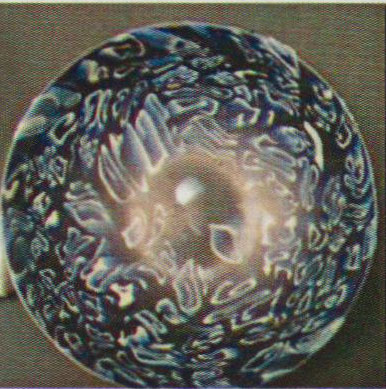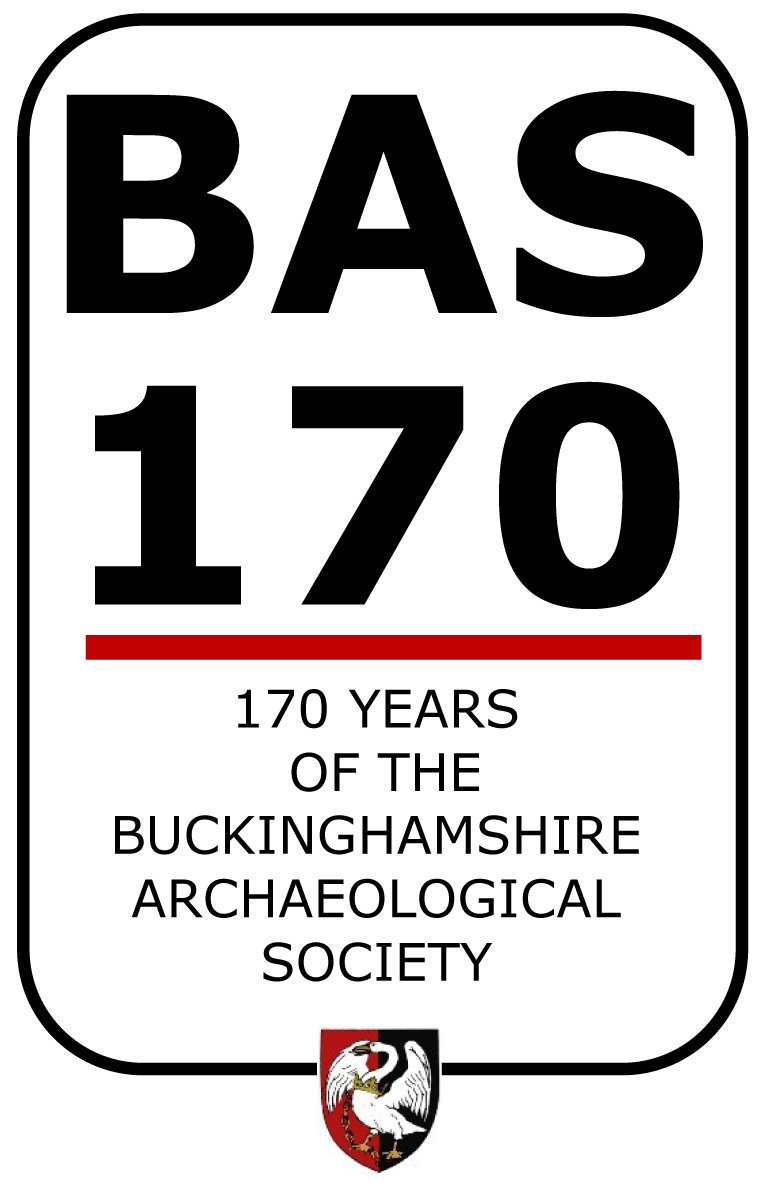
|
|
|
|
|
|
|
|
|
|
|
|
|
|
|
|
|
|
|
|
|
|
|
|
|
|
|
|
|
|
|
|
The Radnage bowl – from the first century AD
A HISTORY OF BUCKINGHAMSHIRE IN TWELVE OBJECTS

The Radnage bowl (ABOVE) came from northern Italy to Britain around the time of the Roman invasion led by Julius Caesar. BELOW is a view of the inside of the bowl.
Both photographs reproduced by permissions of the British Museum.
 ON A RAINY DAY in the early months of 1923, a workman repairing the drive of ‘Two Shires Yew’ – a large, modern house near Radnage
on the wooded Chilterns borderland of Buckinghamshire and Oxfordshire – made an extraordinary discovery.
ON A RAINY DAY in the early months of 1923, a workman repairing the drive of ‘Two Shires Yew’ – a large, modern house near Radnage
on the wooded Chilterns borderland of Buckinghamshire and Oxfordshire – made an extraordinary discovery.
As he hacked away with his pick at the intransigent clay and flint subsoil, he came across first an elegant earthenware pitcher and then a complete blue and white glass vessel of exceptional and exotic beauty. This is the fifth object in our series.
Made from a mixture of translucent dark blue and opaque white glass, the bowl's exterior is characterised by a series of raised ribs, radiating out from its base. The marbling seen in our pictures was created by heating and fusing together many small fragments of blue and white glass into a single disc. When still hot, this was draped over a mould in the shape of the bowl's interior, after which the ribs were expertly created by pinching its outer surface.
The result is a dazzling work of art, as remarkable now as the day it was created.
It was probably made in northern Italy in the middle of the first century AD – more or less contemporary with the Roman invasion of Britain.
The bowl gains extra significance when one considers that, to the indigenous British, it would have been entirely exotic and alien in its material, its form and its colour. It was a symbol of the massive technological and cultural change that the arrival of the urbanised, centralised and highly efficient Roman state and military machine represented.
Up to this point Buckinghamshire had fallen within the territory of the Iron Age Catuvellauni tribe. The local populations were still building in wood, living in isolated, fortified farmsteads and relying on an economy of subsistence farming. The arrival of the Romans – with stone architecture, cities, roads and writing – is a scale of change comparable to that which, some 1500 years later, sub-Saharan Africa experienced when the ships of the European powers landed on their shores.
Our understanding of the effects that the Roman had on Buckinghamshire itself is characterised largely by a number of villa sites – each the centre of a large agricultural estate – spread across the county. There were few larger settlements and little sign of military activity. Then, as today, this was a largely rural region crossed by key communication routes leading from the port cities of the south to the strategic centres of the north.
The only significant Roman town within the boundaries of the modern county of Buckinghsmshire today was Magiovinium, on the fringes of modern Fenny Stratford.
So why was such an exceptional object buried in such an apparently remote spot?
Radnage is as far away from the Roman road network as it is possible to get in the county. Clues are to be found in some of the other objects that were dug up with the bowl: an amber-coloured glass jug, again of the highest quality; nine dishes of burnished red Samian crockery; and, most significantly, the remains of a wooden chest containing burnt bones.
What the workman had found was the grave of someone of considerable wealth, who appears to have died in Buckinghamshire in the early years of Roman rule.
A mystery remains regarding where they lived: no villa has been identified near the burial, although there are rumours of a mosaic floor nearby. If this is true, then it is possible that more wonderful objects may yet lie in the ground in this sleepy corner of Buckinghamshire.

ARTICLE BY CHARLES LE QUESNE.
The Radnage bowl is Object 5 in the series ‘A History of Buckinghamshire in Twelve Objects’, marking the 170th anniversary of the founding of the Buckinghamshire Archaeological Society in 1857. The bowl itself, and the amber jug with which it was found, can be seen in the British Museum (Room 49) in London.